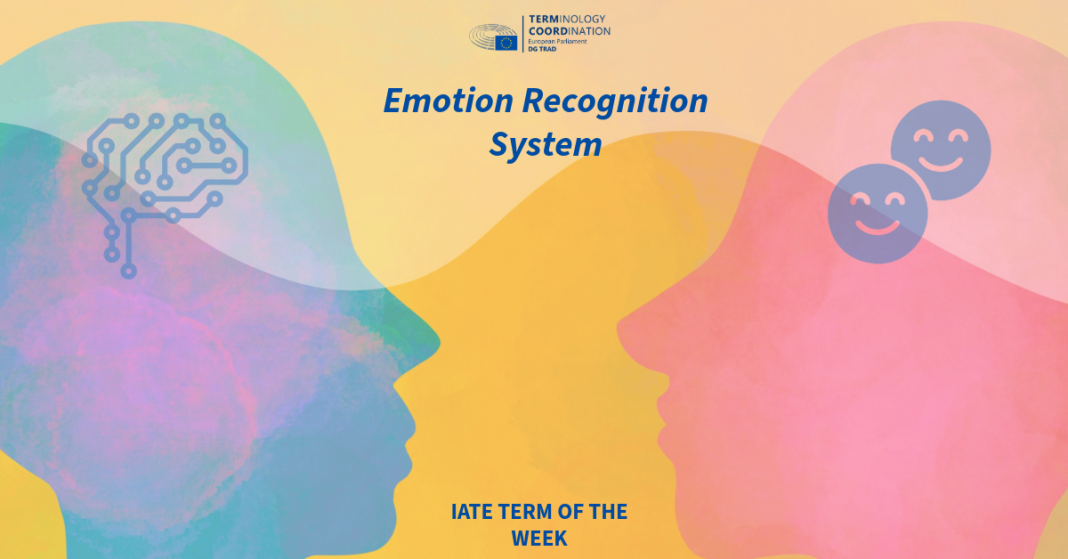Artificial Intelligence has undeniably transformed various aspects of our lives, from healthcare to finance, and from education to entertainment. However, as AI technologies advance, so do concerns about their ethical implications. One such concern revolves around the use of AI emotion recognition systems, prompting the European Union to take decisive steps in regulating this technology.

In 2021, the European Commission proposed the world’s first comprehensive legal framework on AI: the Regulation of the European Parliament and of the Council laying down harmonised rules on Artificial Intelligence, also known as the Artificial Intelligence Act. This regulation addresses various AI applications, including emotion recognition systems, and it aims to create a harmonized regulatory framework across the EU member states, fostering innovation while ensuring the ethical and responsible use of AI technologies.
According to this act, the emotion recognition system is “an AI system for the purpose of identifying or inferring emotions or intentions of natural persons on the basis of their biometric data”. This type of technology relies on the use of speech, facial expressions and any other physiological and physical signals in order to obtain information. The emotional recognition systems have the potential of risking the privacy of the EU citizens, as it obtains information of the users of a specific platform.
One of the key aims of the AI Act was to ensure the safety of these systems by imposing specific requirements to guarantee transparency and accountability. Specifically, it states that every platform that uses emotion recognition technology must notify the users in an accessible format for people with disabilities.
Furthermore, the regulation explicitly prohibits certain AI practices that pose unacceptable risks to individuals. This includes the manipulation of people’s behaviour through subliminal techniques or exploiting vulnerabilities in specific groups, such as children or persons with disabilities.
Lastly, this text enforces compliance with existing data protection laws, such as the General Data Protection Regulation (GDPR), ensuring that individuals maintain control over their emotional data.
In conclusion, the EU’s regulation on AI emotion recognition systems marks a significant step towards ensuring the ethical and responsible use of AI technologies. By prioritizing transparency, privacy, and accountability, the regulation seeks to strike a balance between innovation and the protection of fundamental rights. As businesses adapt to these new guidelines, the hope is that AI will continue to advance while respecting the values and rights of individuals in the EU and beyond.
Bibliography
European Commission. (2024). Shaping Europe’s digital future. A European approach to Artificial Intelligence. Retrieved from European Commission – Policies: https://digital-strategy.ec.europa.eu/en/policies/european-approach-artificial-intelligence.
EU Artificial Intelligent Act. (2021). The act (n. d.) EU Artificial Intelligence Act. Retrieved from: https://artificialintelligenceact.eu/the-act/
European Commission (2021). Regulation of the European Parliament and of the Council laying down harmonised rules on Artificial Intelligence (Artificial Intelligence Act) and amending certain Union Legislative Acts. Retrieved from Eurlex: https://eur-lex.europa.eu/legal-content/EN/TXT/?uri=celex%3A52021PC0206
Written by Carmen Trinado Jiménez
Born in Spain. With an academic background in Translation and Interpreting she is currently doing a PhD in Translation and Terminology of the Jewellery and Smithing Industry (University of Cordoba). During her studies, she participated in multiple debate competitions and Model of United Nations (MUN), which sparked her passion for international relations. After her bachelor’s degree, she has worked as a freelance translator and as a lecturer at the University of Extremadura and the University of Cordoba. Among her hobbies, she enjoys reading, weight lifting and painting.

